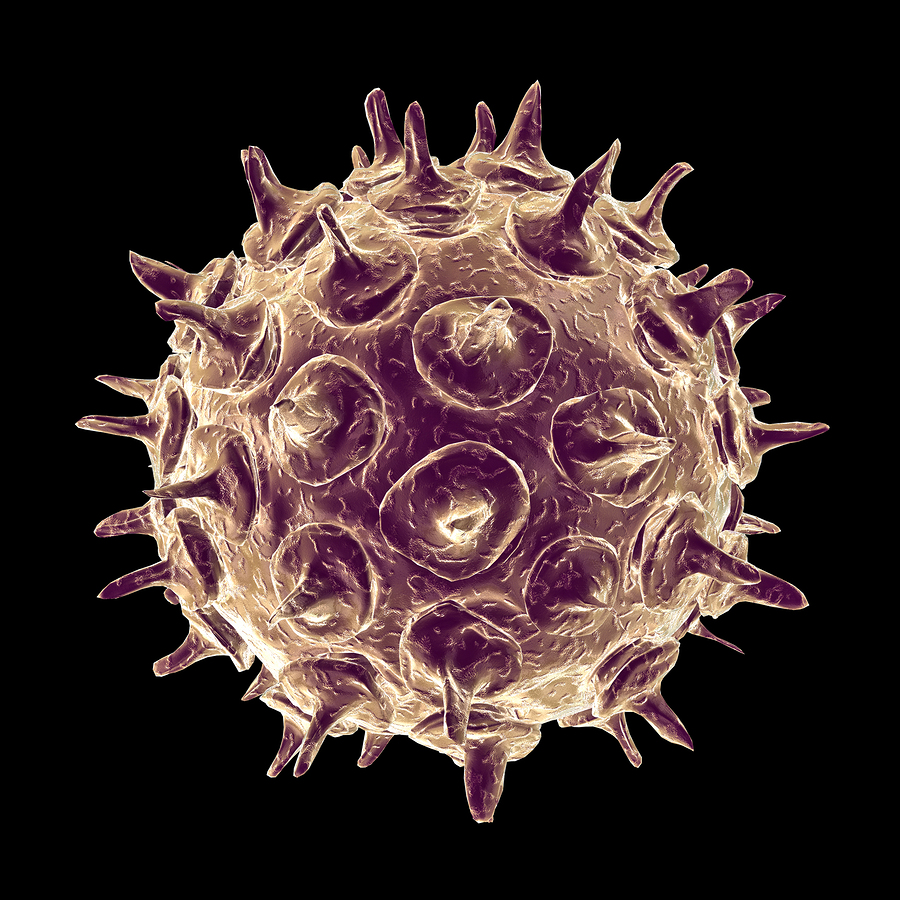Hello Room 113 Parents,
Our class has had one confirmed case of Chickenpox this week. Student who have Chickenpox do not return to school without a doctor’s note…similar to HFMD. This is to protect other students and prevent the spread of this illness. Here is some information from our school nurse about Chickenpox and Shingles:
Chickenpox and Shingles
Chickenpox (varicella) is a viral infection caused by the varicella-zoster virus. Shingles (herpes zoster infection) is caused by reactivation of the chickenpox virus.
How chickenpox and shingles are spread?
Chickenpox is spread when a person comes into contact with the virus in airborne droplets produced by coughing or sneezing, or with fluid from the blisters.
Following infection, the virus will remain dormant (resting) in nerve cells near the spinal cord for the rest of the person’s life. Reactivation of this virus causes shingles (herpes zoster) rather than a second attack of chickenpox.
Direct contact with the blister fluid in shingles can cause chickenpox in a nonimmune person. There is generally no airborne droplet spread from people with shingles. Contact with chickenpox or shingles cannot lead to shingles in the exposed person since shingles can only follow the reactivation of a previous chickenpox infection.
Chickenpox
Symptoms of chickenpox may include:
-
Slight fever and cold-like symptoms, followed by a rash.
-
A rash appears as blisters which crust to form scabs and is usually itchy.
-
Crops of blisters may appear over several days and various stages of blisters may be present. The rash is usually more noticeable on the trunk than on the limbs. It may affect the scalp and the inside of the mouth, nose, and throat.
-
In childhood, chickenpox is usually a mild illness and can be so mild it might not be noticed. Chickenpox in adults is more severe and may be complicated by pneumonia (lung infection or inflammation).
-
The time from exposure to developing Chickenpox is 10-21 days and Chickenpox is contagious from 2 days before the rash until the rash has completely crusted over (usually 5 days after the rash or longer). (Recommended observation period start from Feb 22-Mar 1, 2016).
Shingles
-
Shingles follows a previous chickenpox infection, usually several decades later. Shingles occurs when the body’s immunity to the virus drops and the virus, which has been resting near the spinal cord, becomes active again.
-
A blistering rash with band-like distribution, usually associated with severe pain, occurs in the skin supplied by the spinal nerves carrying the reactivated virus. The rash may be followed by persistent pain in the area, lasting for weeks.
-
Shingles is contagious from the onset of the rash until rash has crusted over.
Treatment
Specific antiviral treatment for both chickenpox and shingles is available. Treatment is usually only given to those with severe disease or at risk of severe disease. To be effective, treatment must be commenced early, usually within 24 hours of onset of the rash.
For all cases, calamine lotion or promethazine [Phenergan] (available from pharmacies) may be useful for the itch. If treatment to reduce temperature or discomfort is necessary, paracetamol/acetaminophen is recommended.
If your child is diagnosed with Chickenpox or Shingles please notify the Health Clinic as soon as possible and they need to present a medical certificate to the Health Clinic stating they are fit to return to school and no longer contagious prior to going to class.
Vaccination
Vaccination Is available and is recommended for all children aged 12 months with a booster at 4-6 years. It is still possible to get Chickenpox despite the vaccination but the course of the illness is much milder.
Given that Chickenpox is more severe in teenagers and adulthood, people who have not been exposed to the Chickenpox virus (vaccination or disease) by teenage years should be vaccinated.
Prevention:
-
Vaccination (can decrease the severity of the illness even if given up to 5 days post exposure).
-
School exclusion: Anyone with Chickenpox or Shingles should not attend school or work until all the blisters have crusted over (usually about 5 days).
-
Avoid any contact with non-immune individuals especially pregnant women or anyone whose immune system is not working properly.
-
Wash hands when dealing with any contaminants.
-
With shingles cover the rash where possible.





